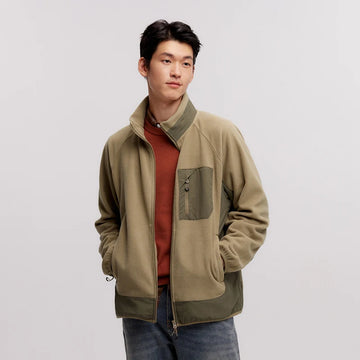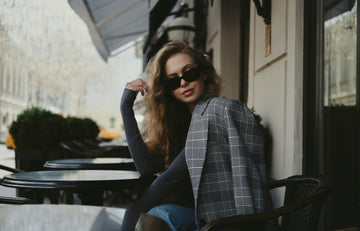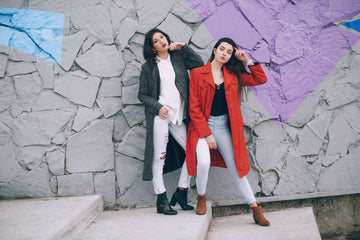Minimalist fashion prioritizes repetition in shapes and simplicity in surface detail. Instead of rotating through a wide range of colors and materials, this approach uses streamlined silhouettes and neutral designs. The result is a cohesive set of outfits that can be styled with minimal variation while maintaining structure and order.
At the core of this style are base pieces like straight-leg trousers, fitted t-shirts, and long-sleeve tops with crewnecks or mock necks. These items can be worn alone or in combination with outer layers. Their defining feature is uniformity: seams are straight, hems are balanced, and surface detail is limited or absent.
One key aspect is proportion control. When pairing garments, consider balance across the full body. For example, a slightly oversized shirt with wide sleeves pairs well with narrow trousers. On the other hand, fitted tops work with straight skirts or culottes. The aim is symmetry, not excess.
Mid-layers such as overshirts or open-front cardigans allow for modular styling. With boxy shapes, flat shoulders, and clear vertical lines, these pieces integrate into multiple outfits without disrupting form. Avoid asymmetry, prints, or mixed materials that could create distractions within the look.
Outerwear, if used, should follow the same logic. A coat with a hidden zipper, a blazer with flat lapels, or a jacket with narrow seams maintains the visual simplicity that defines minimalist aesthetics. Fastenings and functional components should be subtle, placed in alignment with the overall design.
Accessories are used sparingly. A plain watch, a simple belt with a thin buckle, or a rectangular bag with clean stitching can accompany the outfit without overpowering it. Scarves or hats, if included, should not deviate from the color or structure of the core outfit.
Minimalist styling isn’t about doing less—it’s about doing less variation. Each outfit builds on a similar foundation, creating a reliable and consistent personal style. The wardrobe evolves not by adding complexity but by refining shapes, textures, and visual order. Through controlled repetition, a minimalist wardrobe remains stable and clear, regardless of trend shifts or external influences.





